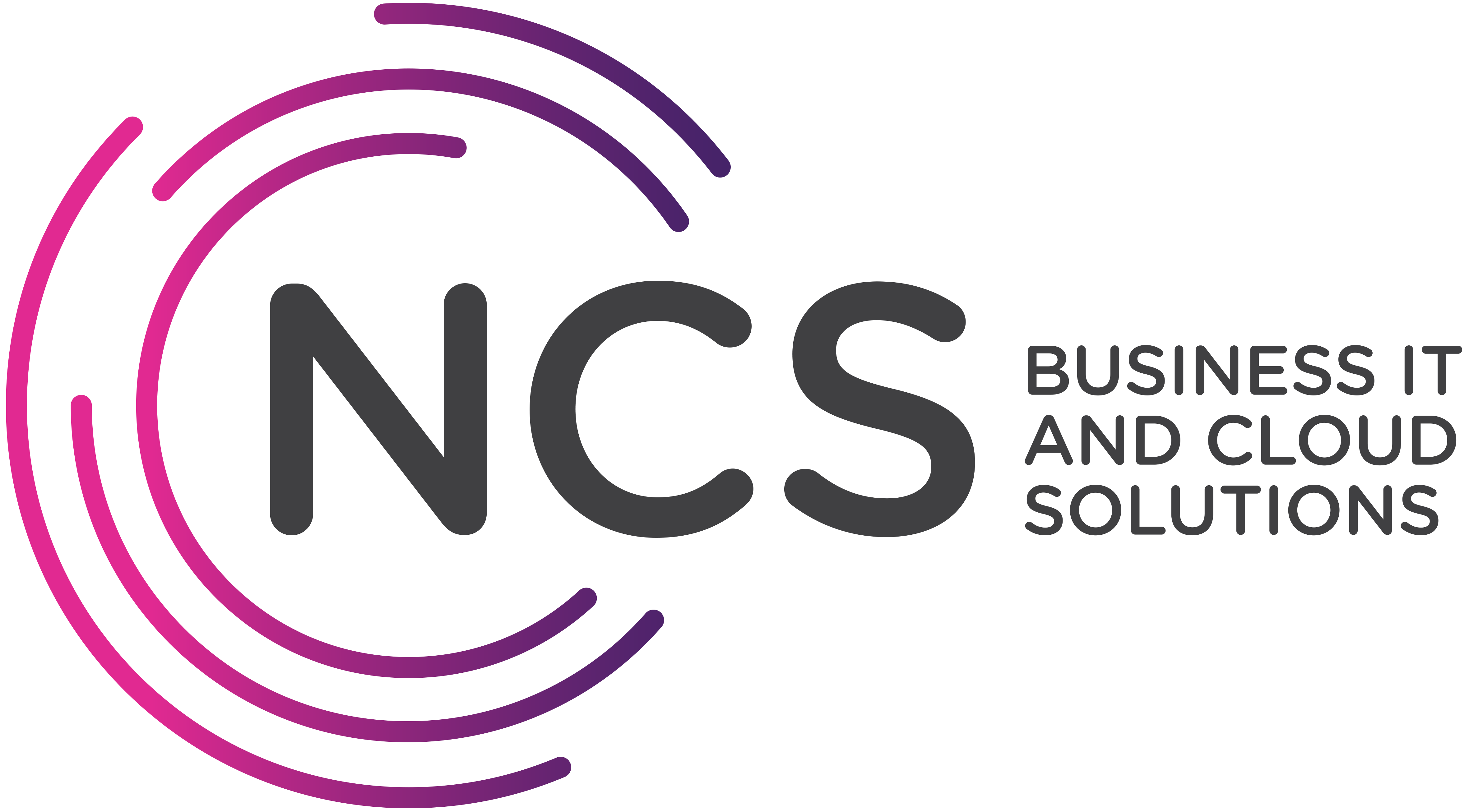A key aspect to manage overprovisioning in cloud computing, as well as deprovisioning, is tracking historical cloud usage.
What is overprovisioning in cloud computing?
Overprovisioning in cloud computing refers to the practice of allocating more resources than necessary, leading to increased costs. This often occurs when organizations lack visibility into their actual resource usage, resulting in unused resources that contribute to higher cloud bills.
How can organizations track cloud resource usage?
Organizations can track cloud resource usage by implementing best practices such as regularly monitoring resource utilization (CPU, memory, disk space, and network bandwidth), using automation tools for autoscaling based on workload demands, and conducting regular capacity planning exercises. Additionally, utilizing cloud cost optimization tools can help identify areas for potential cost savings.
What steps should be taken for deprovisioning cloud resources?
Deprovisioning cloud resources involves several steps: removing access permissions, terminating the instances, securely deleting associated data, and verifying the removal of resources through logs and tests. This process is crucial for managing cloud costs effectively, as it helps eliminate unnecessary expenses related to unused resources.



